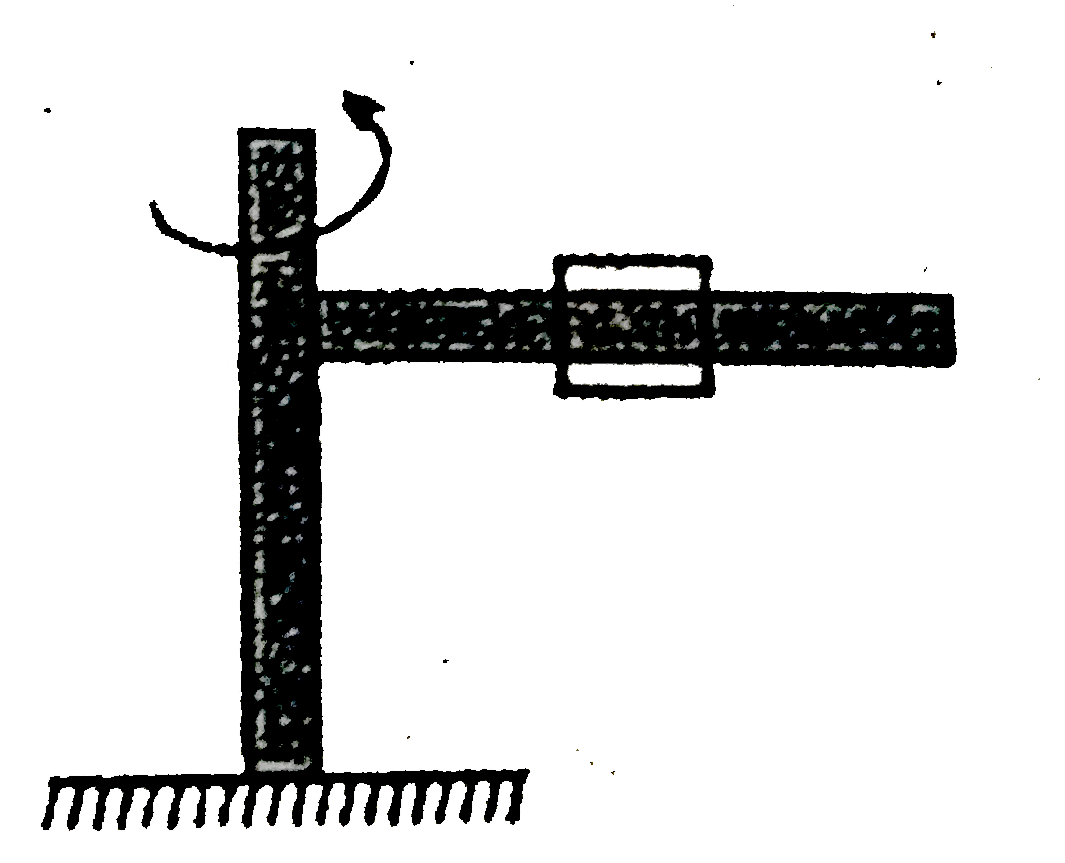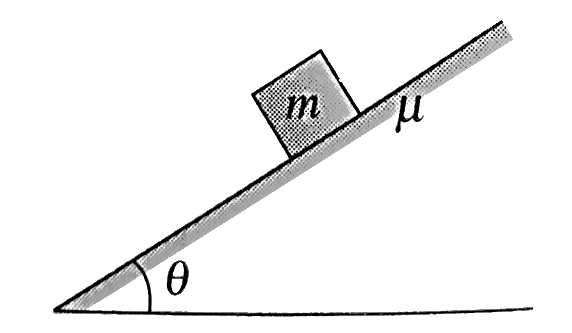Assertion: Magnitude of the contact force is always greater than the magnitude of frictional force.
Reason: Contact force is the resultant of the friction force and normal reaction.
If both assertion & Reason are True & the Reason is a corrrect explanation of the Asserion.
If both Assertion & Reason are True but Reason is not correct explanation of the Assertion.
If Assertion is Trie but the Reason is False.
If both Assertion & Reason are false
The correct Answer is:A
To analyze the given assertion and reason, we can break down the concepts involved step by step.
Step 1: Understanding the Assertion
The assertion states that the magnitude of the contact force is always greater than the magnitude of the frictional force.
Step 2: Understanding the Reason
The reason provided states that the contact force is the resultant of the frictional force and the normal reaction force.
Step 3: Defining Contact Force
Contact force (F_c) is the total force exerted by two objects in contact. It can be represented as:
Fc=√F2friction+F2normal
where:
- Ffriction is the frictional force,
- Fnormal is the normal reaction force.
Step 4: Analyzing the Relationship
From the equation Fc=√F2friction+F2normal, we can see that:
- The contact force is a resultant vector that combines both the frictional force and the normal force.
- Since both Ffriction and Fnormal are positive quantities (in most practical scenarios), it follows that:
Fc>Ffriction
This confirms that the magnitude of the contact force is indeed greater than the magnitude of the frictional force.
Step 5: Conclusion
Both the assertion and the reason are true, and the reason correctly explains the assertion. Therefore, we conclude that the assertion is true and the reason is a correct explanation of the assertion.
Final Answer
- Assertion: True
- Reason: True
- Explanation: The contact force is the resultant of the frictional force and the normal reaction force, which confirms that the contact force is always greater than the frictional force.
The assertion states that the magnitude of the contact force is always greater than the magnitude of the frictional force.
The reason provided states that the contact force is the resultant of the frictional force and the normal reaction force.
Contact force (F_c) is the total force exerted by two objects in contact. It can be represented as:
Fc=√F2friction+F2normal
where:
- Ffriction is the frictional force,
- Fnormal is the normal reaction force.
From the equation Fc=√F2friction+F2normal, we can see that:
- The contact force is a resultant vector that combines both the frictional force and the normal force.
- Since both Ffriction and Fnormal are positive quantities (in most practical scenarios), it follows that:
Fc>Ffriction
This confirms that the magnitude of the contact force is indeed greater than the magnitude of the frictional force.
Both the assertion and the reason are true, and the reason correctly explains the assertion. Therefore, we conclude that the assertion is true and the reason is a correct explanation of the assertion.
- Assertion: True
- Reason: True
- Explanation: The contact force is the resultant of the frictional force and the normal reaction force, which confirms that the contact force is always greater than the frictional force.
Topper's Solved these Questions
- BOOK - ALLENCHAPTER - NEWTONS LAWS OF MOTIONEXERCISE - EXERCISE-II112videos
NEWTONS LAWS OF MOTION
- BOOK - ALLENCHAPTER - NEWTON'S LAWS OF MOTION & FRICTIONEXERCISE - EXERCISE (JA)4videos
NEWTON'S LAWS OF MOTION & FRICTION
- BOOK - ALLENCHAPTER - RACEEXERCISE - Basic Maths (Wave Motion & Dopplers Effect) (Stationary waves & doppler effect, beats)24videos
RACE
Similar Questions
Name two contact force?
View SolutionDetermine the magnitude of frictional force and acceleration of the block in each of the following cases :
 View Solution
View SolutionWork done by a frictional force is
View SolutionFind the magnitude of the resultant of shown forces :-
 View Solution
View SolutionWhat are non-contact forces ?
View SolutionIf the resultant of the two forces has a magnitude smalle than the magnitude of larger force,the two forces must be
View SolutionA rod can rotate in a horizontal plane about its one end. A bead which can move along the rod is placed at certain distance from the axis or rotation. The bead does not to friction. The rod has a constant angular acceleration

A. the normal reaction on the bead will be constant h magnitude and direction both
B. the magnitude of the normal reaction on the bead will be variable
C. the magnitude of friction force on the bead will be constant
D. the magnitude of friction force on the bead will be variableView SolutionIdentify the non-contact forces:
Gravitational force, Tension force, Friction force, Magnetic force, Air resistance force, Electrostatic force.View Solution A block of mass m is placed on a rough inclined plane. The corfficient of friction between the block and the plane is μ and the inclination of the plane is θ.Initially θ=0 and the block will remain stationary on the plane. Now the inclination θ is gradually increased . The block presses theinclined plane with a force mgcosθ. So welding strength between the block and inclined is μmgcosθ, and the pulling forces is mgsinθ. As soon as the pulling force is greater than the welding strength, the welding breaks and the blocks starts sliding, the angle θ for which the block start sliding is called angle of repose (λ). During the contact, two contact forces are acting between the block and the inclined plane. The pressing reaction (Normal reaction) and the shear reaction (frictional force). The net contact force will be resultant of both.
A block of mass m is placed on a rough inclined plane. The corfficient of friction between the block and the plane is μ and the inclination of the plane is θ.Initially θ=0 and the block will remain stationary on the plane. Now the inclination θ is gradually increased . The block presses theinclined plane with a force mgcosθ. So welding strength between the block and inclined is μmgcosθ, and the pulling forces is mgsinθ. As soon as the pulling force is greater than the welding strength, the welding breaks and the blocks starts sliding, the angle θ for which the block start sliding is called angle of repose (λ). During the contact, two contact forces are acting between the block and the inclined plane. The pressing reaction (Normal reaction) and the shear reaction (frictional force). The net contact force will be resultant of both.
Answer the following questions based on above comprehension:
Q. If μ=34 then what will be frictional force (shear force) acting between the block and inclined plane when θ=30∘:View SolutionTwo forces with equal magnitudes F act on a body and the magnitude of the resultant force is F /3. The angle between the two forces is
View Solution

